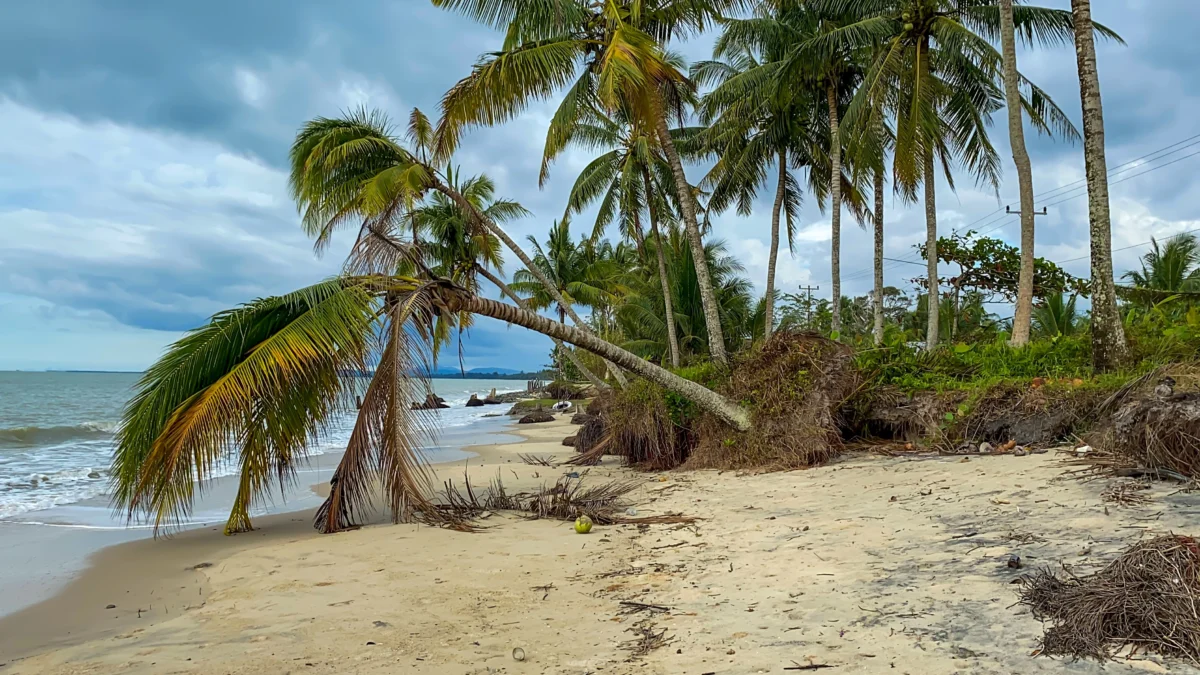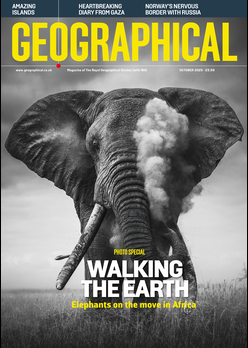
Zaps of electricity can strengthen marine coastlines and protect them from damage & erosion, new research finds
By
A study conducted by Northwestern University has found that mild electrical currents are able to strengthen coastlines by changing the structure of marine sand.
Published in Communications, Earth and the Environment journal, the research marks a milestone in finding both affordable and durable ways of protecting the Earth’s coastlines and beaches.
Taking inspiration from clams, mussels and other shell-dwelling sea life – which use minerals in seawater to build their shells – researchers used these same minerals to form a natural ‘cement’ between grains of sand. After soaking sand with seawater, an electrical current of 2 to 4 volts applied to the water triggers chemical reactions that produce solid calcium carbonate, magnesium hydroxide and hydromagnesite (minerals found in mollusk shells and stones). This changes the sand’s composition into a hard, immoveable solid – perfect for strengthening coastlines across the world.

‘After being treated, the sand looks like a rock,’ said lead author, Alessandro Rotta Loria said. ‘It is still and solid, instead of granular and incohesive. The minerals themselves are much stronger than concrete, so the resulting sand could become as strong and solid as a sea wall.’
By 2100, research suggests that almost 26 per cent of the Earth’s beaches will be washed away. And while methods are being implemented to mitigate this – such as building seawalls or injecting cement into the ground to strengthen marine substrates – they are costly and not long-lasting. Using electricity is a breakthrough solution, as treated sand should stay in place, providing durable protection to coastlines and properties for decades.
The process is entirely reversible, and with such low voltages used to generate electric current, poses no negative effects to marine life.
‘The applications of this approach are countless,’ Rotta Loria said. ‘We can use it to strengthen the seabed beneath sea walls or stabilise sand dunes and retain unstable soil slopes. We could also use it to strengthen protection structures, marine foundations and so many other things. There are many ways to apply this to protect coastal areas.’




